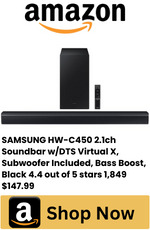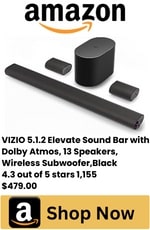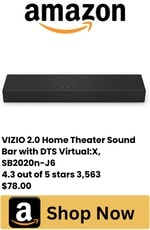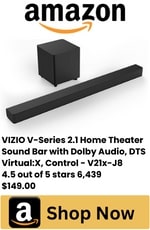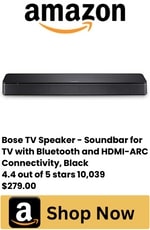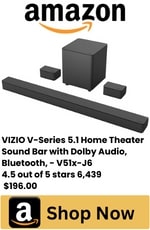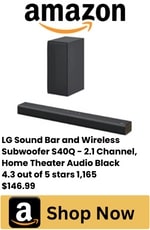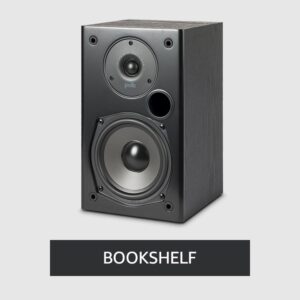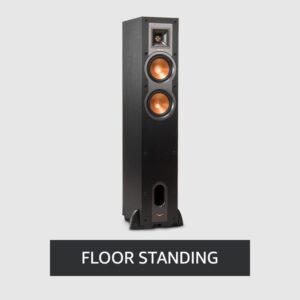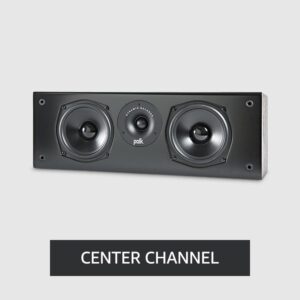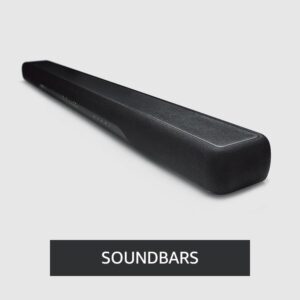D-Box vs IMAX: A Comprehensive Comparison of Cinema Technologies
Choosing between different movie theaters can be daunting, especially with technologies like IMAX and D-Box. To make an informed decision, it’s essential to understand the features and differences between these two cinema experiences. In this guide, we’ll explore the distinct characteristics of IMAX and D-Box, offering insights into their technologies, screen displays, movie quality, theater design, sound systems, costs, and the pros and cons of each. By the end of this article, you’ll be equipped with the knowledge to decide which movie theater technology suits your preferences best.
Table of Contents
D-Box: The Real-Time Sensation
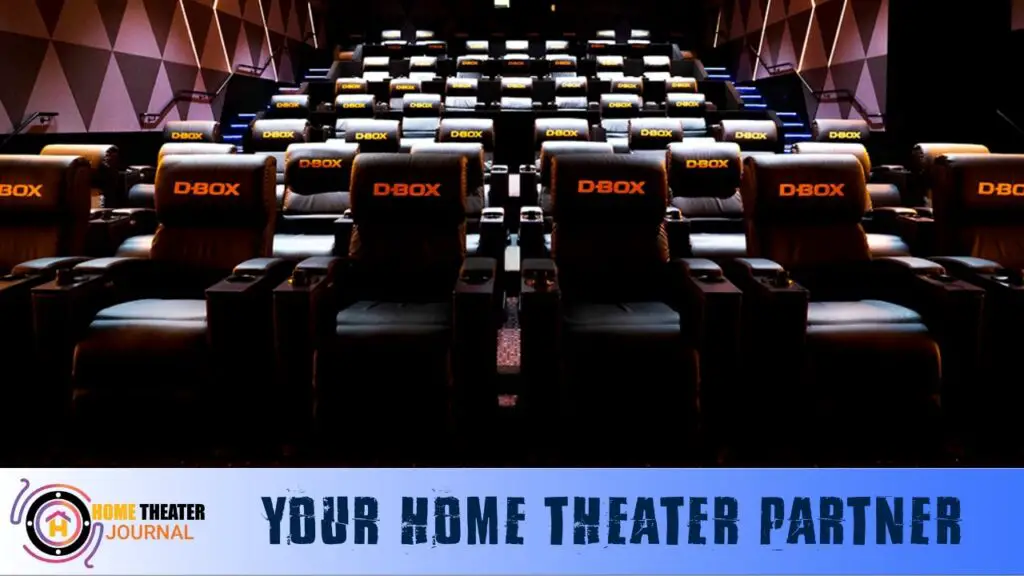
The Real-Time Sensation D-Box introduces a novel approach to movie viewing by integrating Haptic technology. This technology synchronizes the movement of your seat with the actions on-screen, engaging multiple senses simultaneously. D-Box is particularly well-suited for action movies, where the dynamic motion effects offer an enhanced level of immersion. However, its intense physical movements might only suit some or all genres.
IMAX: Image Maximum Cinema Experience

Image Maximum Cinema Experience IMAX, short for “Image Maximum,” represents a unique film format renowned for its immersive qualities. Notable for its giant screens and exceptional sound technology, IMAX gives viewers a heightened sense of being part of the movie scene. This technology, known for crystal-clear displays, sometimes employs unique IMAX cameras to capture movies, resulting in an unparalleled visual experience.
Comparison Table Of D-Box vs IMAX:
| Parameters of Comparison | D-Box | IMAX |
| Technology | Motion seats with actuators | Specialized high-resolution cameras, projectors, and high-quality audio systems |
| Screen | Regular screen with no special effects | A giant curved screen measuring 72×53 feet |
| Image Quality | Standard image | Color accuracy, high-resolution, vivid, crystal clear, and out-of-screen popping images |
| Movie Experience | Motion seats move with the action | 2D or 3D Immersive watch experience with clarity and detail |
| Sound Quality | Nothing special about the sound | High-resolution sound, 12-channel system with immersive effect |
| Cost | Some find it not worth the money | Worth the money, costs $10 extra than the Standard |
Technical Differences:
IMAX and D-Box employ distinct technologies to create their unique viewing experiences. IMAX relies on high-resolution cameras and dual 2K or 4K projectors to deliver its mesmerizing visuals, often shot using specialized IMAX cameras. In contrast, D-Box focuses on real-time movie immersion with motion effects generated through seat actuators. These seats move with the on-screen actions, engaging the viewer’s senses.
Related: IMAX VS EMAX
Screen and Display:
D-Box screens are regular and standard, but seat movements drive its hyper-realistic experience. In contrast, IMAX boasts massive screens, up to six times larger than classic cinemas, curved to create an out-of-screen effect. The use of 15/70mm film stock enhances image detail.
Movie Quality:
IMAX excels in color accuracy, vividness, and high resolution, providing viewers with stunning visual quality. While offering motion-enhanced seats, D-Box doesn’t enhance image quality but can still provide an immersive experience, especially for action movies.
Sound System:
IMAX incorporates a 12-channel sound system, with Dolby Atmos enhancing the audio experience. The sound system might not be specialized in D-Box theaters, but some theaters may offer the option to adjust audio from your seat.
Theater Design:

IMAX theaters have specialized technologies, screens, sound systems, and seats. In contrast, D-Box seats can be integrated into various theater designs, often with a few rows featuring motion seats.
Cost:
IMAX and D-Box theaters typically come with higher ticket prices than standard cinemas. D-Box tends to be more expensive than IMAX, and while IMAX might cost extra, many find it worth the money for its unique viewing experience.
Related: Cinemark XD vs IMAX
| Pros of D-Box | Cons of D-Box |
| Real-time seat movement enhances immersion | Intense physical movements might not be suitable for everyone |
| Suitable for action movies enthusiasts | Not ideal for all genres |
| Engages multiple senses simultaneously |
| Pros of IMAX | Cons of IMAX |
| Immersive visual and audio experience | Higher ticket prices compared to standard cinemas |
| Suitable for a wide range of genres | Some viewers might find the motion distracting. |
| Crystal-clear displays and vibrant colors | |
| Enhanced sound system with Dolby Atmos |
Reason to Avoid D-Box
D-Box offers an intense physical experience that might only be suitable for some. Here are some reasons to consider before choosing D-Box:
- Physical Discomfort: D-Box seats’ sudden jerks and movements can be uncomfortable for some viewers, causing physical discomfort and even aches.
- Health Concerns: Individuals with back issues, headaches, or other physical ailments might experience worsened symptoms due to the intense motion effects.
- Distraction: The constant seat movements can shift your focus from the movie’s content to the physical sensations, detracting from the viewing experience.
- Eating and Drinking: Consuming snacks and beverages in D-Box seats can be challenging due to sudden movements, leading to spills and messes.
- Genre Limitation: D-Box is best suited for action movies where the motion effects enhance the experience. Other genres might benefit less from the technology.
Conclusion
When choosing between IMAX and D-Box, understanding their respective features, technologies, and effects is crucial. IMAX provides a larger-than-life visual and audio experience suitable for various genres. On the other hand, D-Box offers an immersive real-time encounter, ideal for action movie enthusiasts who enjoy physical sensations in sync with the on-screen action. Your personal preferences, physical comfort, and cinematic preferences will ultimately determine which theater technology best suits your movie-going adventure.
FAQs
1. What is the main difference between IMAX and D-Box theaters?
Answer: The main difference lies in technology and experience. IMAX focuses on larger-than-life visuals and immersive audio, providing crystal-clear displays and vibrant colors. On the other hand, D-Box offers motion-enhanced seats that move in sync with on-screen actions, creating a physical and sensory experience.
2. Can I watch different genres of movies in both IMAX and D-Box theaters?
Answer: Yes, you can watch various genres in both types of theaters. IMAX offers an immersive experience suitable for a wide range of genres, while D-Box is particularly well-suited for action movies due to its motion effects. However, personal preferences play a role in your enjoyment of each technology.
3. Are there any health concerns associated with D-Box theaters?
Answer: Yes, for some viewers. The intense physical movements in D-Box theaters might be uncomfortable for individuals with back issues, headaches, or certain physical ailments. Some individuals might experience discomfort or worsened symptoms, so it’s advisable to consider your health before opting for D-Box.
4. Is the cost of watching a movie in IMAX or D-Box worth it?
Answer: The cost varies, but both IMAX and D-Box theaters are generally more expensive than standard cinemas. IMAX offers a unique visual and audio experience, often deemed worth the extra cost by many. D-Box, however, might not be worth it for everyone, as the intense movements and potential discomfort might only suit some viewers.
5. How do the sound systems differ in IMAX and D-Box theaters?
Answer: IMAX theaters have high-quality audio systems, including a 12-channel setup and technologies like Dolby Atmos for immersive sound. D-Box theaters might not have specialized sound systems, although some theaters may allow you to adjust audio levels from your seat. The sound quality in IMAX theaters is generally considered superior for an immersive cinematic experience.

Author: Baqarrasheed
I know all about home theater items! I have been doing this for more than three years now. I am good with things like sound systems, TVs, projectors, and all that cool entertainment gear. I like to help folks by testing and talking about these gadgets on Hometheaterjournal. I want to make sure everyone can create an awesome entertainment setup at home without any confusion.
I write the creative content for HometheaterJournal.



